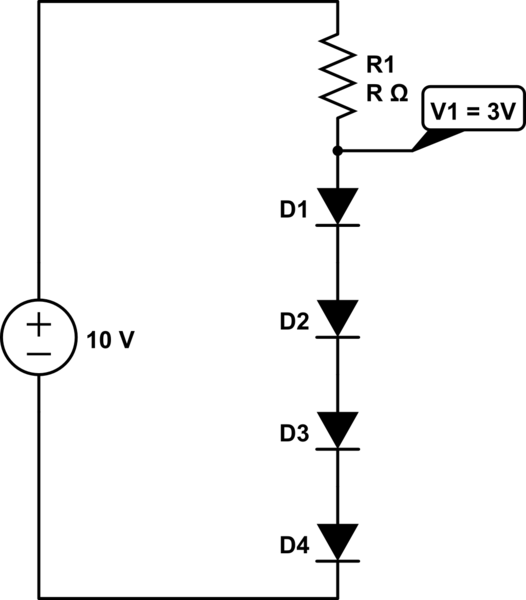
Here at RPMC Lasers, we have over 20 years of experience helping the photonics community with their solid-state laser needs. Over this time, we have answered a wide range of questions from both end users and system integrators, ranging from application support to laser fundamentals. Many of the questions we have received over the years have served to influence the topics you have read about on our blog, but for the first time, we are starting a monthly blog series dedicated to frequently asked questions (FAQs) explicitly. In this series, we will take a deep dive into one specific FAQ, and the reasoning behind why we answer it the way we do. It is our goal that just as with our laser diodes fundamentals series, this will eventually serve as a repository of laser knowledge for the community for years to come. In this inaugural post in the series, we will tackle what may seem like a rather simple concept, but is one for which surprisingly few engineers have an intuitive understanding.
“Is it possible to run two or more lasers from one power supply?”
Multiple diodes can be driven by the same power supply as long as they are connected in series, but they must never be connected in parallel. When two diodes are connected in series they will function properly as long as the compliance voltage is large enough to cover the voltage drop across each diode. For example, if you are trying to power the WSLD-808-005-C 5W 808 nm diode laser from Wave Spectrum which has an operating voltage of 1.9V, to connect the two of them in series the laser driver must have a total voltage capacity greater than 3.8V. This configuration works because when connected in series diodes share the same current. In contrast, when two diodes are connected in parallel, the current is no longer shared between the two diodes.
To understand the effects of current on the laser diode’s performance, it is useful to take a step back and look at a typical L-I-V, which shows the interdependence of voltage, current, and output power. The example below is the L-I-V curve for the same Wave Spectrum diode laser discussed above. From this example, you can see that for the most part, the laser’s’ output power is linear with drive current, as opposed to the voltage which is not only non-linear but due to its slope it is much harder to control. Therefore, laser diodes are generally described as current driven devices where a constant current power supply is used, and the voltage is floated accordingly. As a result, if the two diodes are experiencing vastly different current, as is common in a parallel diode circuit, they will output vastly different amounts of power. In addition to this resulting in loss of power control, it can also lead to one of the two diodes either running below threshold and therefore emitting no light or running above the current limit burning out the diode.

An additional consideration that must be taken into account when running two or more laser diodes from one power supply is that most 2-pin TO packages utilize a common anode design. Therefore, when the packages are mounted to a common heatsink, all the anodes will be connected, preventing the diodes from being connected in series. For many thermomechanical design reasons, which we will not cover in this blog post, it is not always possible to mount each diode on an individual heatsink. Therefore, it is imperative that when choosing to drive multiple diodes in series with a common heatsink that you request the laser package to be specially made with isolation. In this case, the laser anode and cathode would be on separate pins, and both would be isolated from the case of the laser, and the internal thermistor would also be on a different set of pins.
If you have additional questions about how to drive diode lasers or would like any further information about the lasers, in general, our team of laser experts is readily available to assist you. Here at RPMC lasers we not only offer a wide range of standard off-the-shelf laser diodes, but we are also able to provide countless custom laser diode packaging configurations with a wide range of integrated optics including all of the designs discussed above. For more information about our wide variety of laser diodes, you can click here, and for more information about laser, diode fundamentals be sure to visit our Lasers 101 page.

 SHIPS TODAY
SHIPS TODAY 